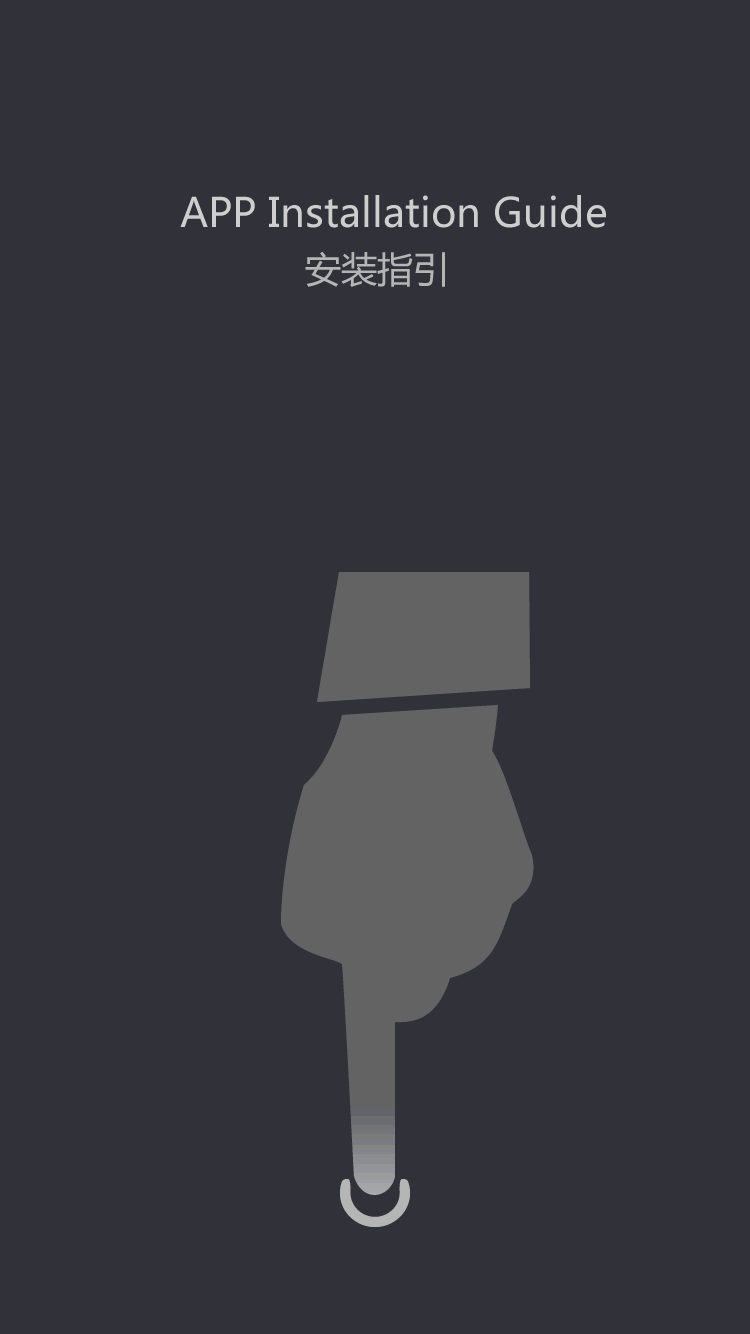Fiber Optic Cleavers,excessive Precision Fiber Cleaver
Multiple modes of light propagating through fiber may travel completely different distances, relying on their entry angles. This causes them to arrive at the destination at slightly different occasions, a phenomenon known as 'modal dispersion'. Multimode uses a type of glass, referred to as graded index glass, which has a lower index of refraction in the direction of the outer fringe of the core.
Light travels down a fiber optic cable by bouncing off the partitions of the cable repeatedly. Each light particle bounces down the pipe with continued inside mirror-like reflection. All fiber optic cables embody power members, usually aramid fibers such as DuPont's Kevlar. Kevlar is robust, but its most important attribute is that it does not stretch beneath tension.
Since transmitters, converters, optical repeaters, and quite a lot of connecting hardware shall be needed; the preliminary cost of fixing over to fiber can be fairly expensive. The core in single-mode fiber is simply roughly 10 times bigger than the wavelength of the light it is carrying. This leaves very little room for the light to bounce around. As a end result the data carrying light pulses in single-mode fiber are essentially transmitted in a straight line via the core. Multimode fiber allows a number of modes of light to propagate via the fiber-optic core, as compared to single-mode fiber, which only permits one mode.
When pulled, it will not stretch, then relax when the stress is eliminated, which might cause kinks in the cable and put stress on the fiber. The amount of aramid fiber inside a typical indoor cable permits as much as 200 kilos of pulling pressure, whereas outside cables are rated at 600 to 800 kilos of pressure. An extra energy member is used as a stiffener to maintain the allowable cable-bend radius and forestall kinking when pulling round corners.
The fiber optic cable you just put in failed testing. Fortunately, fiber optics is easy to put in and experienced installers usually find that about ninety five percent of all fibers they set up will take a look at good. But even one of the best installers typically have issues, and finding the trigger can generally be straightforward, typically confusing. Let’s have a look at some widespread problems and their probably causes.
That tiny little reduce affected a widespread area of phone customers, reminding us of the incredible energy of 1 fiber optics line in connecting a big area to a network. Customers reported outages all through Meadville and in locations unfold throughout three completely different counties in the area of northeastern Pennsylvania. Even when adhering to proper upkeep schedules, there are plenty of times where unforeseen circumstances can knock a house or a whole section of city off the grid. We’ve spoken in regards to the proliferation of fiber optic networks for municipal web connections myriad instances on the Connected Fiber blog.
Fiber optic cable has usually been categorized as fragile,like glass, which the actual fiber is, of course. But unlike consuming glasses that break when dropped or home windows that lose each battle with a child's baseball, glass optical fiber is extremely strong and flexible.
However, as great as these networks are for communities, there are times where fiber optic repairs and maintenance are essential. While increased demand for optical fiber has introduced the costs down to be more aggressive with copper, it is nonetheless true that new fiber installations value greater than copper installations. This imbalance shifts more in direction of copper when contemplating extending present copper networks. In the short time period it is often cheaper to continue utilizing copper cabling for masking expanded communication wants. By merely adding extra wire to an current system, expanded wants can be covered.


































![[Dry Goods] how to avoid electrode rod after fusion black?](https://img5811.weyesimg.com/uploads/tumtecchina.com/images/15840915146146.jpg?imageView2/2/w/1920/q/100/format/webp)







































